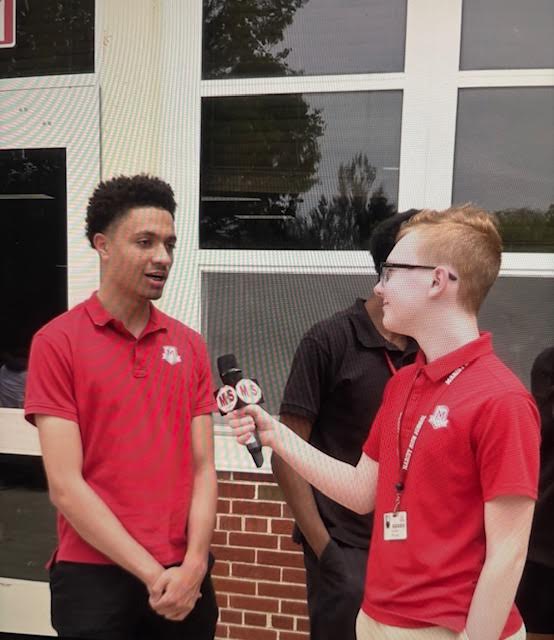Students may have noticed money added to their MyMealTime account running out faster this school year than last. The reason for that is inflation.
The term inflation has recently been used more frequently when purchasing an item, often in a complaining manner. The term refers to the price of something going up due to increased product cost and/or a change in demand for the product or service.
MHS Media analyzed the price of candy over the past year. Last school year it was $1.75, but this year the price has increased by 50 cents.
“I like the school lunch a lot, especially the wraps offered, but I try not to buy them as often because they are more expensive this year,” said sophomore Aubrey Rowe.
Over the last year, inflation has hit grocery stores hard. Prices have climbed an average of 13.2% in just three years for things like a gallon of milk.
The Economic Research Service of the U.S. Department of Agriculture predicts a 2.9% increase in the overall price of food in 2024. That means the cost of Marist’s wraps and paninis will likely increase as well.
“I get frustrated when I see that my money has less value when I add it to her lunch account. It runs out way faster than it used to. I limit her to adding only 25 dollars per week to the lunch card, and it seems as though this year that can only get her through four days of school lunch when in comparison it could have lasted all five days last school year,” said Carrie Julian, the parent of a Marist Student.
This is something that the school has no control over. This is because the price to purchase ingredients for these offered dishes has increased, which is entirely out of the school’s power. Marist had to adjust to these changes nationwide, so the price increase in the cafeteria is not for Marist to make more profit.
Frustrated students may complain to friends, but they cannot blame the school next time they are annoyed about the pizza being a little more expensive.

























